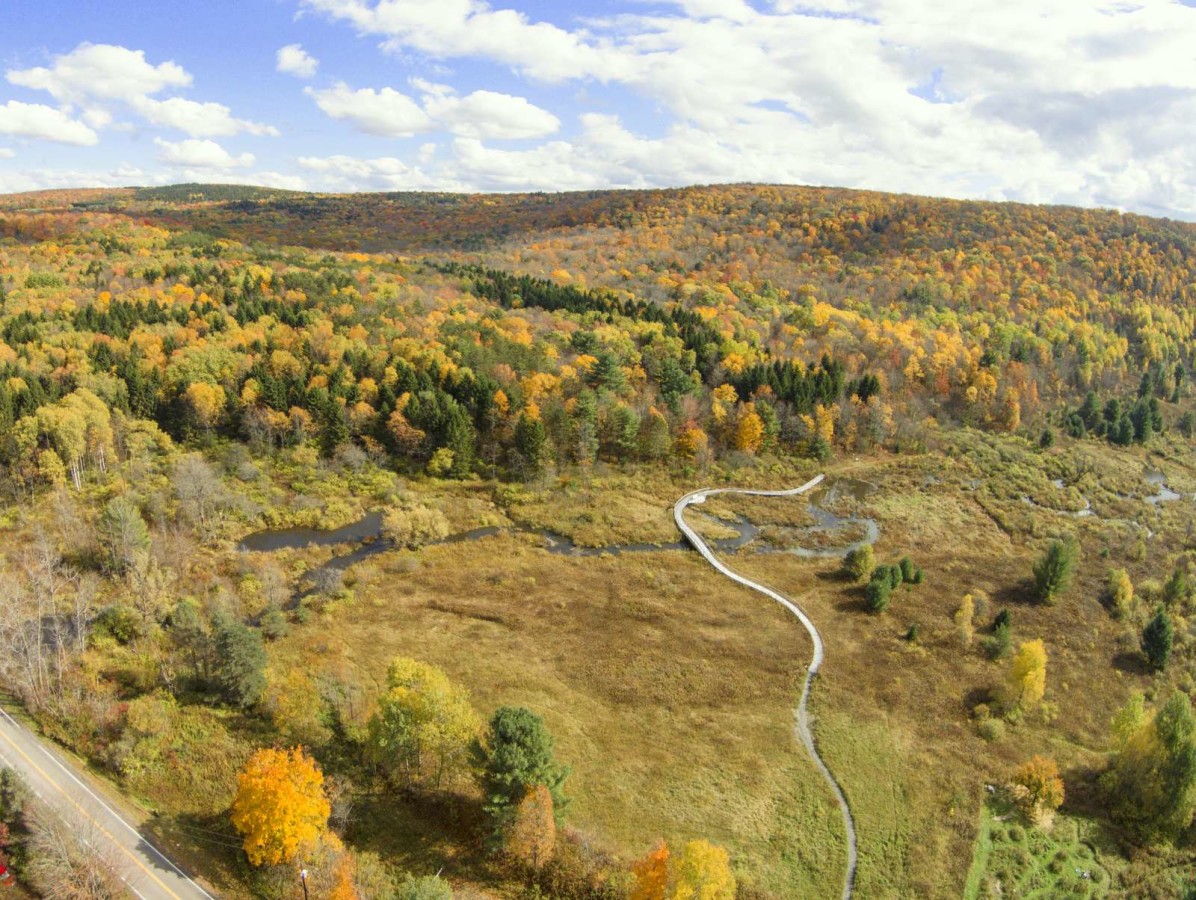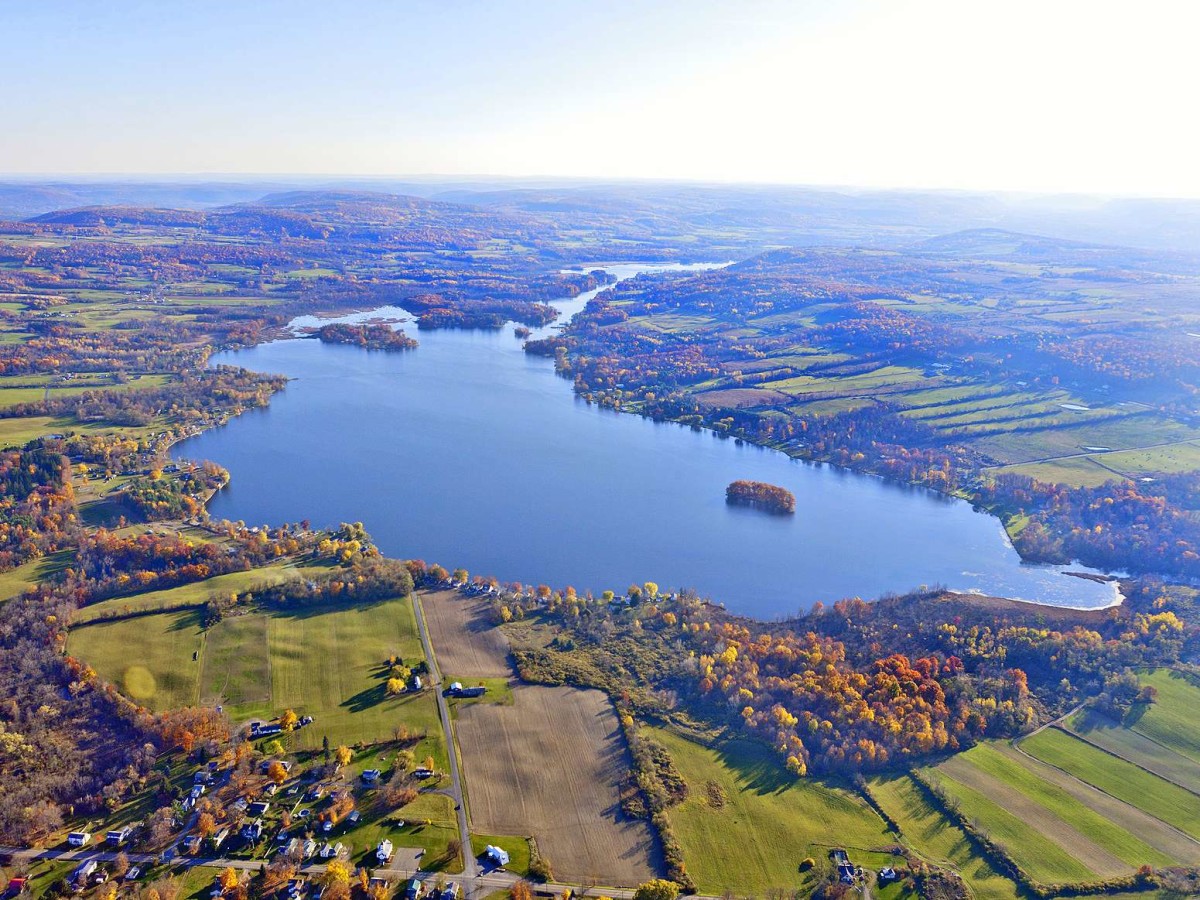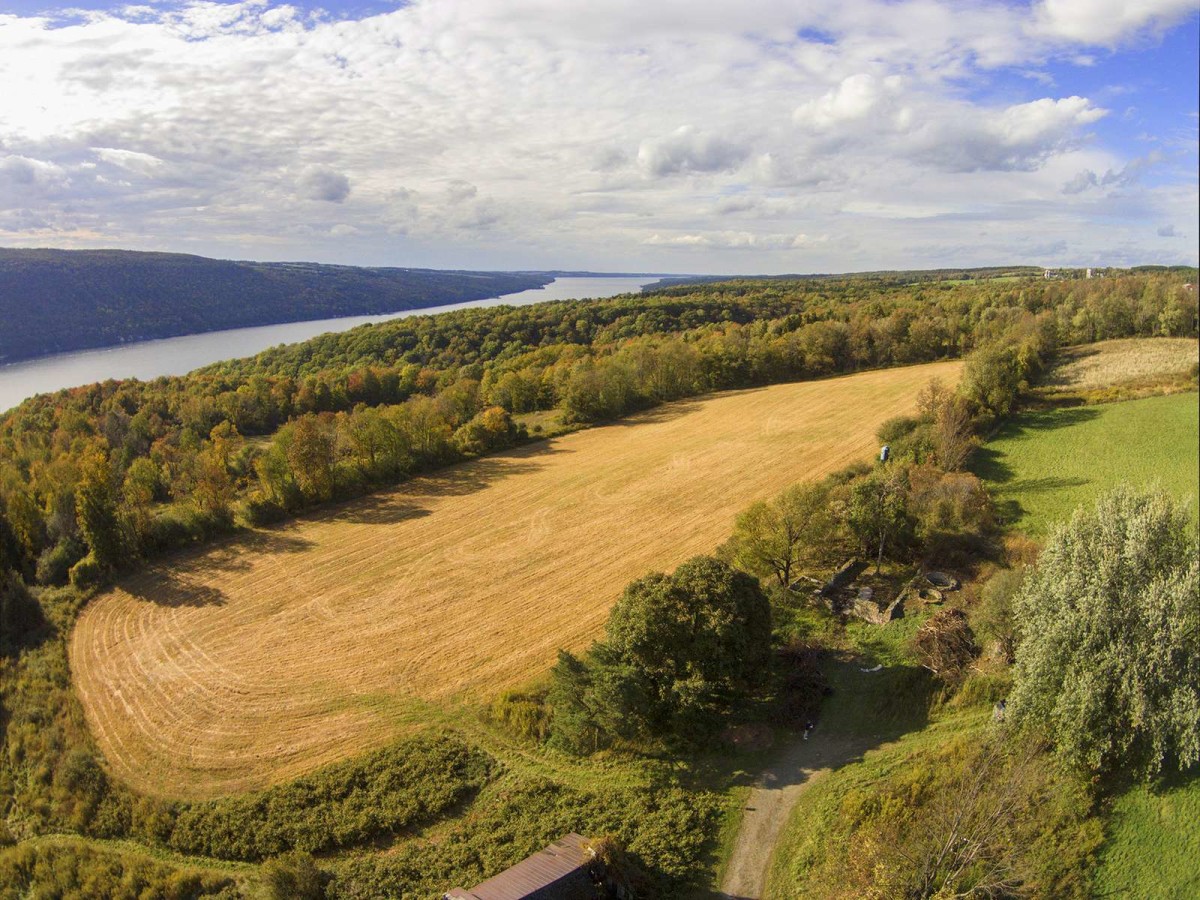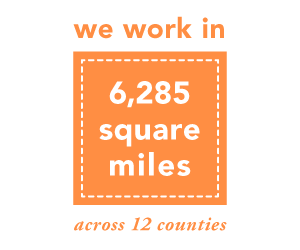The Finger Lakes Land Trust is a nonprofit conservation organization that protects over 33,000 acres of our region’s beloved natural areas and working landscapes. More about us.
Our Mission
To conserve forever the lands and waters of the Finger Lakes region, ensuring scenic vistas, clean water, local foods, and wild places for everyone.
Our Vision
The inspiring landscapes of the Finger Lakes region will be permanently protected to sustain generations of residents and visitors.
Understanding the Mission
You can better understand our mission by taking a look at each of the terms:
“To conserve forever…
The Finger Lakes Land Trust is committed to conserving land in perpetuity – beyond our lifetimes and for the benefit of future generations. We create nature preserves and conservation areas that are open to the community and commit to monitor and uphold conservation easements on lands that remains in private ownership.
the lands and waters…
Our works results in the conservation of our most cherished undeveloped landscapes – scenic farms, rugged gorges, majestic forests, and pristine shorelines. By conserving lands that are vital to water quality, we also help protect our drinking water and the future of the eleven lakes that are the heart of our region.
of the Finger Lakes region…
We work across a diverse 12-county region in New York State that extends from the rolling forested hills of the Southern Tier to the broad agricultural plains found at the northern ends of the Finger Lakes.
ensuring scenic vistas…
Our region is known for its rolling hills and magnificent vistas, but increasingly these views are diminished by poorly planned development. We’re committed to maintaining the region’s most beloved vistas by conserving contiguous lands and collaborating to manage these lands in a way that maintains sweeping views.
clean water…
Clean rivers and lakes depend on the lands that surround them. Development can lead to increased runoff from the land and a decline in water quality. By targeting those lands that are most important for water quality (for example, land bordering streams and wetlands), the Land Trust’s efforts are helping to ensure the future of our sparkling lakes and pure drinking water.
local foods…
Agriculture is a major component of our region’s economy, allowing us to benefit from locally grown food. These local foods are fresher, have a lower environmental impact, and are frequently healthier than alternatives that travel a great distance before reaching your plate. By protecting our best farmland from development, the Land Trust is ensuring that we won’t lose the opportunity to prepare a meal that was grown in our own community.
and wild places…
One of the wonderful things about our Finger Lakes region is that most of us have easy access to nature. A nearby forest or a rugged gorge is the perfect place for a child to learn about the natural world and for those of us who want to more fully immerse ourselves, resources like the Finger Lakes Trail provide the opportunity to get away to stretches of unbroken forest. The Land Trust is committed to making nature more accessible to our children and also maintaining networks of wild lands that will continue to host wide ranging mammals such as the black bear and the intrepid hiker.
for everyone.”
The Land Trust’s conservation work is designed to benefit everyone who lives or travels to the region. Our preserve lands are open 365 days a year, free of charge for anyone who wants to explore.
Understanding Our Vision
“The inspiring landscapes of the Finger Lakes region…
It all starts with the land – without it we lack the habitat for the wildlife that captures our imagination, the farmland that feeds us, the scenic vistas that inspire us, and the clean water that is vital to our rivers and lakes.
will be permanently protected to sustain generations of residents and visitors.”
The Land Trust is committed to ensuring that we retain these lands – not just for the near term, but in perpetuity — so that our descendants will share the same connection to our region’s lands and waters that we enjoy today.
We invite you to learn more about conservation in the region (FAQ), our conservation strategies, and our regional conservation plans.




